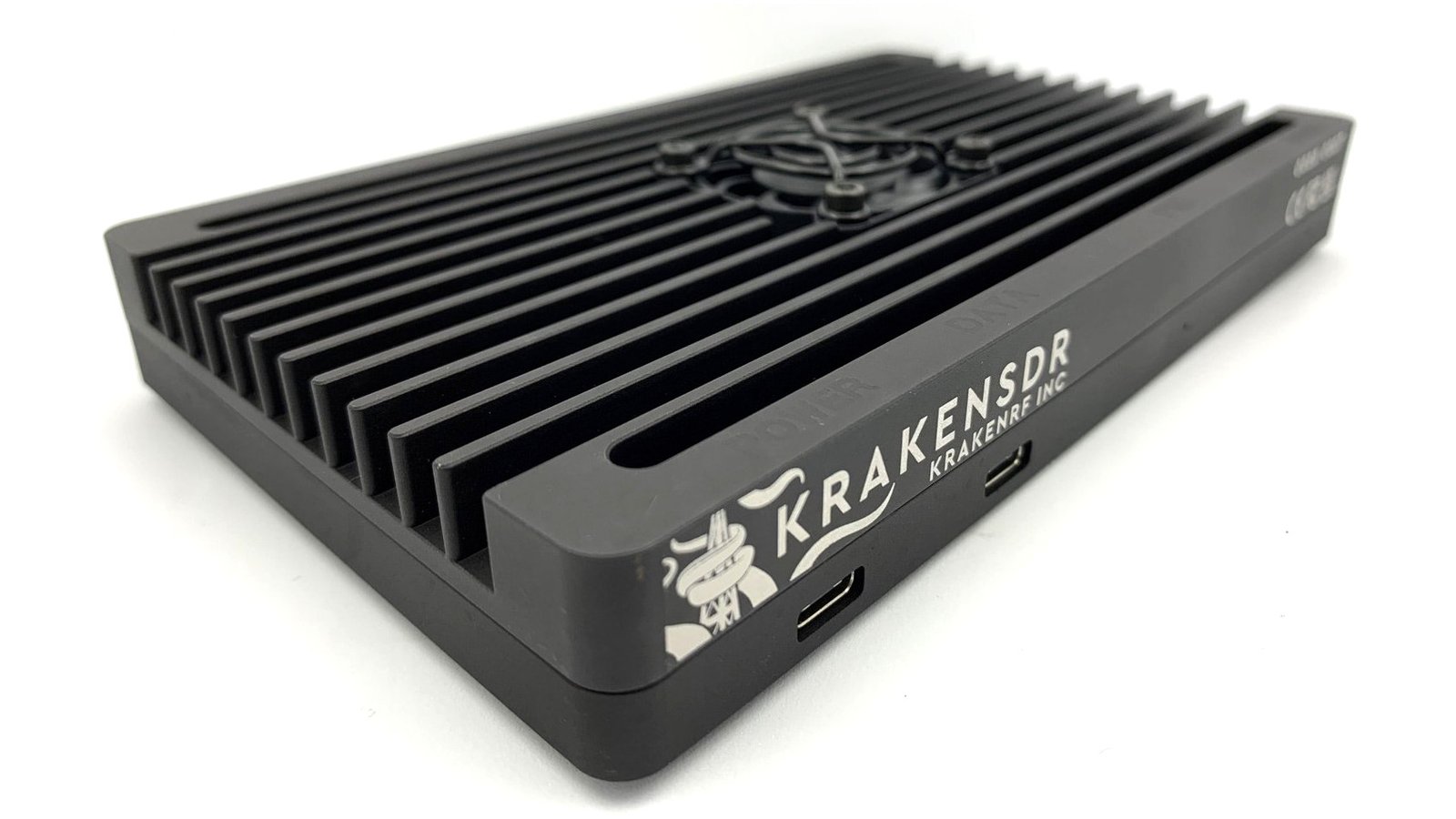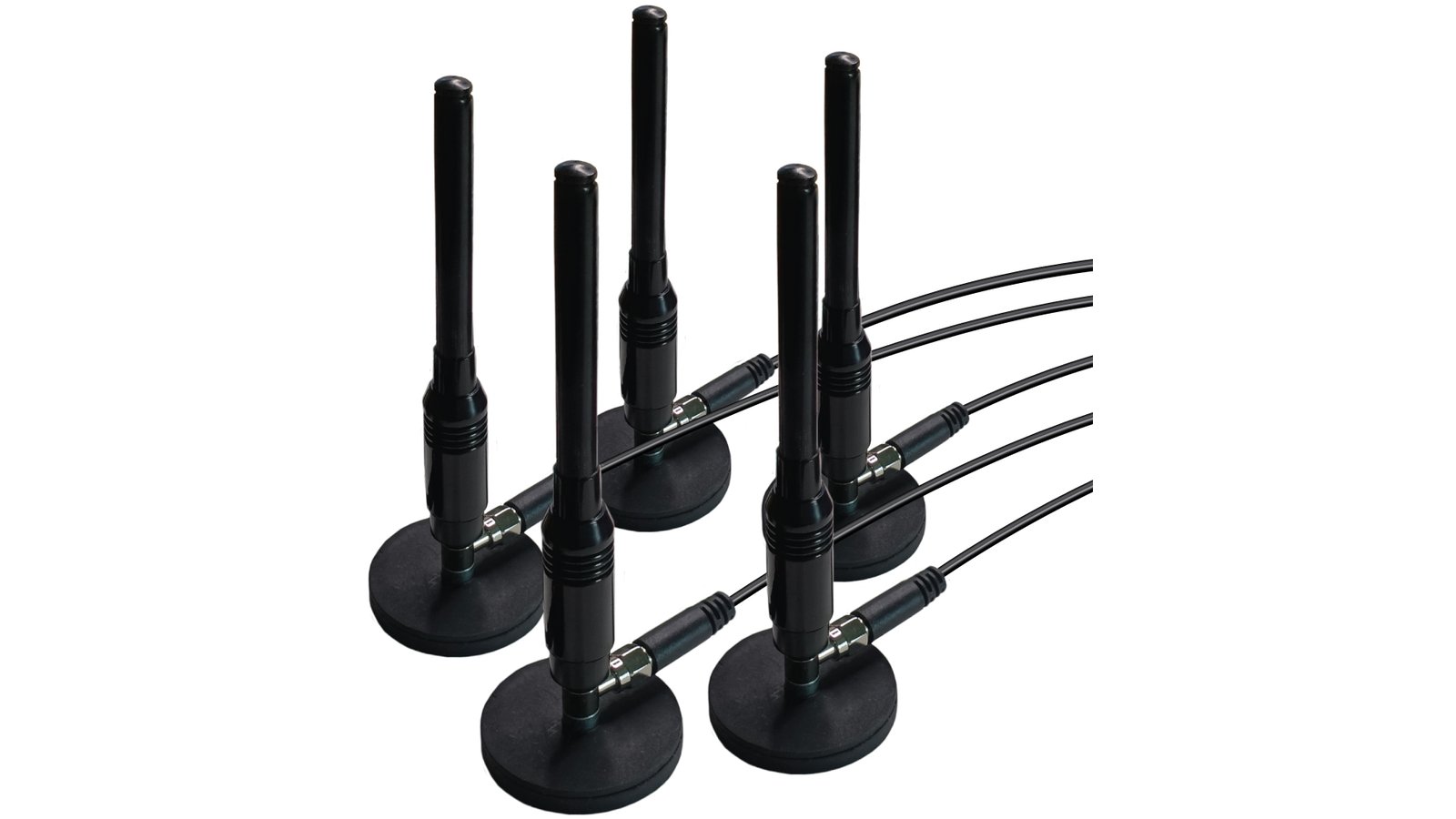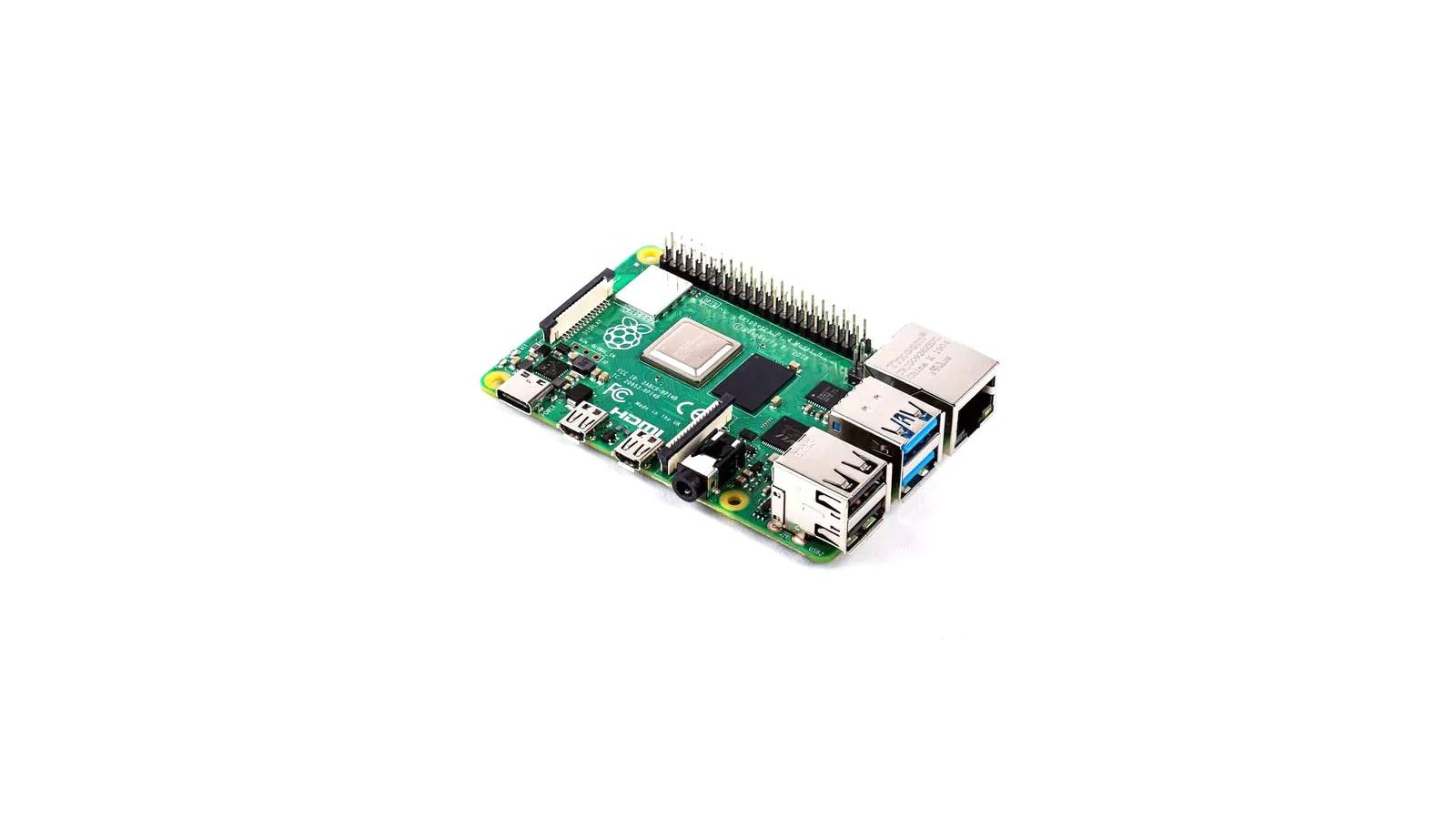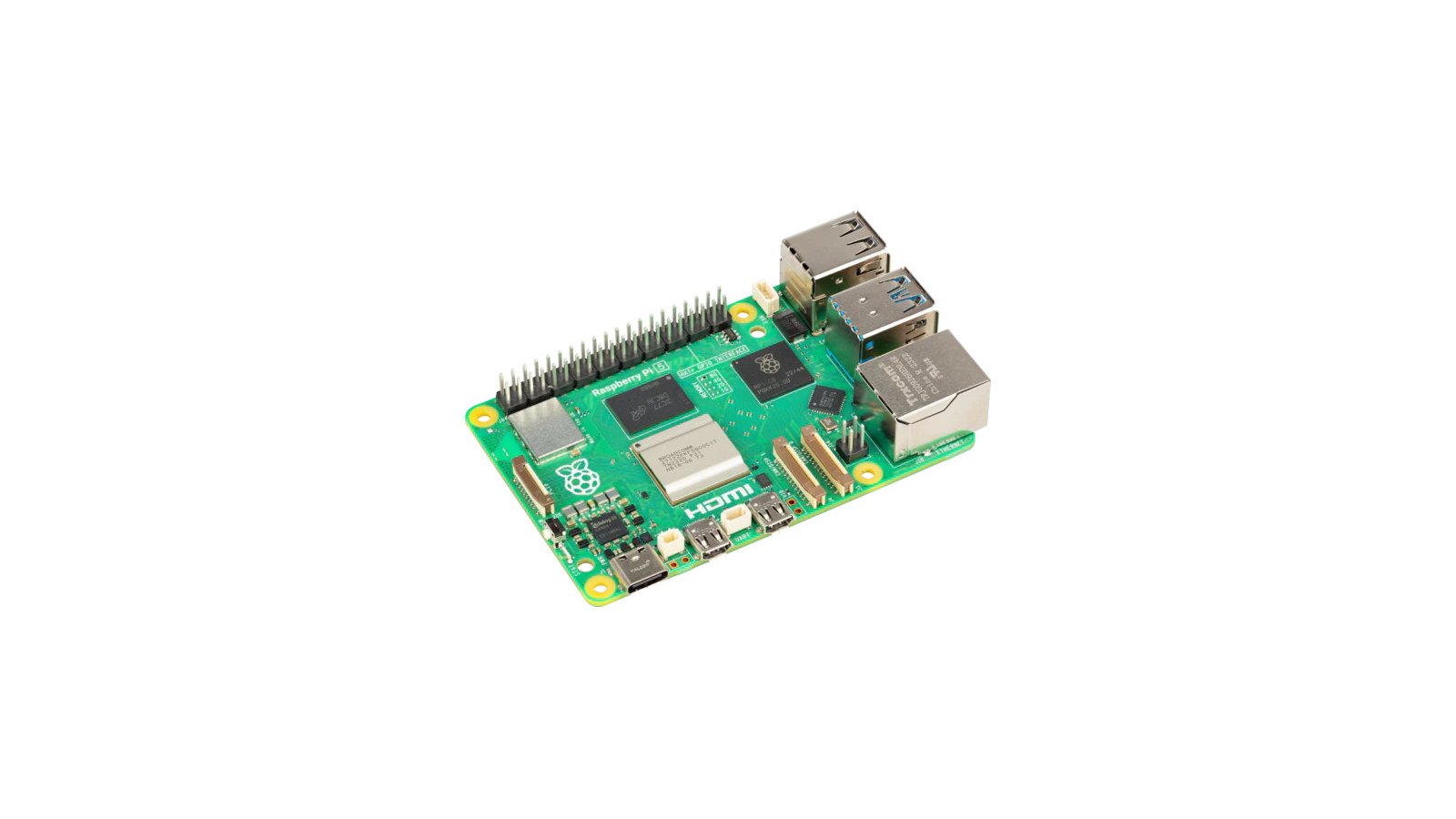KrakenRF
Software Defined Radio
Security & Privacy
KrakenRF
Software Defined Radio
Security & Privacy
A coherent radio allows for very interesting applications, such as radio direction finding, and beamforming. Some use cases include:
The previous version of KrakenSDR was known as KerberosSDR, which we successfully crowdfunded on Indiegogo. KrakenSDR improves upon KerberosSDR in several important respects:
You will need KrakenSDR, a USB Type-C cable, a 5 V / 2.4 A+ USB Type-C power supply, and antennas—such as our magnetic whip antenna set—that are appropriate for your application.
For computing we recommend a Raspberry Pi 4, for which we have a ready-to-use SD card image. To get the most out of the direction finding feautre, you will want an Android phone or tablet with mobile-hotspot capabilities, GPS, and a compass, ideally produced within the last three to four years.
KrakenSDR makes use of five custom RTL-SDR circuits consisting of R820T2 and RTL2832U chips. The RTL-SDR is a well-known, low-cost software-defined radio (SDR), but throw five units together and using them on the same PC will not make them "phase coherent;" each one will receive signals at a slightly different phase offset from the others. This makes it impossible to achieve any sort of precision when measuring relationships between signals that arrive at different antennas.
To achieve phase coherence, KrakenSDR drives all five RTL-SDR radios with a single clock source, and contains internal calibration hardware to allow the phase relationship between channels to be measured precisely and corrected for in software. Additionally, the overall design of KrakenSDR works to ensure phase stability, with care taken in the areas of heat management, driver configuration, power supply, and external-interference mitigation.
| 1. SMA Antenna inputs | 5. R820T2 tuner | 9. Individual tuner on/off DIP switched |
| 2. Bias Tee | 6. RTL2832U ADC | 10. USB Type-C DATA |
| 3. ESD protection | 7. Noise source | 11. USB Type-C PWR |
| 4. Noise calibration switches | 8. USB Hub |
Our coherent SDR software is based on three important factors:
The new KrakenSDR software comes with an easy-to-use web interface for setting up direction finding parameters. With this interface it is possible to set the frequency, gains, VFOs, and other advanced settings. You can also monitor the live-spectrum view and graphs of output from the direction-finding algorithm.
In addition to the web interface, we have developed a companion radio-direction finding Android app that can be used to automatically determine the location of a transmitter. Since a typical Android phone has capabilities that include necessary sensors and software like GPS, compass, mobile data, and mapping, we have made use of those features to create an affordable radio direction finding system.
An example scenario might see our 5x magnet mount antenna arrays mounted on the roof of a car, with KrakenSDR, a Raspberry Pi 4, and an Android phone inside the vehicle cabin. As the operator drives, the KrakenSDR software will constantly provide bearings relative to the antenna array. The Android app receives these bearings via Wi-Fi and adjusts them for the direction of movement determined via the Android phone’s GPS sensor, resulting in an automatic and accurate calculation of the map bearing towards the transmitter for that particular location. The app then logs this data and plots it on a map grid, which is used to automatically determine where the bearings intersect. Generally it will only take a few minutes of driving to accurately locate a transmitter with a strong continuous signal.
The app then goes a step further and provides automatic turn-by-turn navigation that will lead you to the transmitter without needing to take your eyes off the road! These are features that we’ve only seen before in high end direction finders that most potential users would find prohibitively expensive.
The app is free to download for KrakenSDR backers (and backers of our previous KerberosSDR product)!
Then new onboard switched-noise source hardware in KrakenSDR means that phase calibration with the noise source is now entirely automatic. So, unlike with KerberosSDR, changing the frequency or gain in the GUI does not require disconnecting antennas to manually recalibrate – it just works.
Radio Direction Finding (RDF) refers to any technique used to determine the directional bearing toward an RF transmitter.
The simplest method is to use an antenna that only receives signals from the direction in which it is pointed, then manually sweeping through 360 degrees to identify the bearing angle that receives the strongest signal. You could then do this from multiple locations and make note of where your bearings intersect. Unfortunately, this "simple" method requires a tuned directional antenna and a manual, error-prone process.
There are other techniques as well, such as pseudo-Doppler and Watson-Watt. However, as KrakenSDR is a coherent SDR, we are able to use one of the more advanced techniques known as correlative interferometry, which makes use of phase information found in an antenna array spaced out in some known pattern.
Running that information through an algorithm like MUSIC produces a bearing toward the transmitter direction. KrakenSDR also receives signal data from the full 360-degrees around its antenna array, which gives it a better "picture" of multi-path environments that occur when a radio signal bounces off objects like buildings and hills. Multi-path environments can make it seem like a signal originated from an object that merely reflected it. By taking readings from multiple locations, we can mitigate the multi-path problem.
To work as a radio direction finder, KrakenSDR needs five antennas. In order to detect signals from 360 degrees, you will need a circular array of omnidirectional antennas such as whips or dipoles. So, to go along with the release of KrakenSDR, we are offering an optional set of five magnetic whip antennas that you can mount, for example, on the roof of your car.
We have also worked with the US-based company, Arrow Antennas, who have produced a five-element dipole array for KrakenSDR that is great for use in fixed sites (on the roof of a house, for example). This antenna has been used in all of our fixed-site experiments, and you can see it in some of our YouTube videos. It works extremely well! (The image below shows a prototype. The final version may look slightly different.) If you order this antenna make sure you also order a set of 5 BNC to SMA cables to connect them to the KrakenSDR.
If you are not interested in coherent applications, it is also possible to use KrakenSDR as five separate RTL-SDR receivers. An example use-case might be setting up a multi-purpose airband monitor. One channel monitors the VHF airband, one monitors ACARS/VDL2, one monitors ADS-B, and another monitors satellite AERO by powering an active L-Band patch antenna via the bias tee. (And that still leaves one receiver left over for some other application!) As KrakenSDR is based on RTL-SDR, the installation procedure for non-coherent use cases is exactly the same as for RTL-SDR, and it can be used with the standard RTL-SDR drivers.
| KrakenSDR | KerberosSDR | R&S®DDF007 / PR200 | PA8W RDF41/42/43 | Epiq Sidekiq X4 | |
|---|---|---|---|---|---|
| Manufacturer | KrakenRF, Inc | KrakenRF, Inc | Rhode&Schwarz | PA8W | Epiq |
| Bandwidth | 2.56 MHz | 2.56 MHz | 40 MHz | Unknown | 200 MHz |
| Enclosure Type | Heavy-duty CNC aluminum | Aluminum | Portable carry | None / Aluminum | Aluminum |
| RX Channels | 5 | 4 | 5 | 1-CH 4 Antennas | 4 |
| Frequency Range | 24 - 1766 MHz | 24 - 1766 MHz | 20 - 8000 MHz | 27-2000 MHz | 1-6000 MHz |
| Size (cm) | 16 x 12 x 2 cm | 13 x 9 x 3.5 cm | 19.2 x 32 x 6.2 cm | Unknown | Unknown |
| Software | Free for DFing + more on the way | Free for DFing | R&S add-on required (expensive!) | RDF Mapper required ($40) | Custom Development Required |
| Direction-Finding Method | Correlative interferometry | Correlative interferometry | Correlative interferometry | Pseudo-Doppler | Correlative interferometry |
| Direction-Finding Software | Free license for our upgraded app (Android), RDF Mapper (PC) | Older, free version of our app (Android), RDF Mapper (PC) | R&S software required | RDF Mapper (PC), MapApp (Android) | Custom development required |
| General SDR/Specan Use? | General 5-ch RX | General 4-ch RX | Spectrum analysis only | No | General 4-ch RX |
| Radio Direction Finding | Yes | Yes | Yes | Yes | Yes |
| Beamforming & Interferometry? | Yes | Yes | No | No | Yes - requires custom code |
| Open Source | Core SW | Core SW | No | No | No (API license required) |
| Lifecycle | Active | EoL | Active | Active | Active |
| Price (USD) | $499 | $199 | $150,000+ | $550+ ¹ | $15,000+ |
¹ RDF42 with Aluminum Housing. Also requires a hardware radio scanner at additional cost
KrakenSDR integrates the equivalent of five RTL-SDRs plus a range of supporting hardware. You could, in theory, build a comparable system, in which case you would need the following:
| Qty | Part | Approximate Extended Price |
|---|---|---|
| 5 | RTL-SDR | $150 |
| 1 | Wideband noise source w/ power Supply | $30 |
| 5 | RF switching circuits | $50 |
| 1 | Five-way signal splitter | $10 |
| 6 | Coax noise source pigtail & adapter | $15 |
| 1 | Powered five-port USB hub | $25 |
| 1 | Aluminum project box | $30 |
| 1 | Heatsinks | $10 |
| 1 | Noise source GPIO power relay/switch | $5 |
| 1 | Android app license | $50 |
| lots | Free time | priceless |
| Total | $375 + free time |
KrakenSDR is enabling high-end radio direction finding features such as automatic mapping and localization of the transmitter. When KrakenSDR is used together with the Android app there is no need to stop and manually take readings, and the system will automatically calculate the most likely transmitter location based on the data received. As far as we’re aware, such functionality was previously available only in professional military, government, and commercial gear priced in the hundreds-of-thousands-of-dollars range. Compare this video of the $150k+ Rhode & Shwarz solution with this video of our Android-based solution to see how similar they are in terms of capabiity.
Various DIY and amateur radio focused pseudo-Doppler systems, such as the PA8W, have existed for many years now. In order to generate a pseudo-Doppler signal, these systems require special antenna arrays with built-in rapid-switching hardware. Unfortunately, this rapid switching can introduce distortion, generate interference, and limit the receiver’s ability to locate noisy, intermittent, and wideband signals. In addition to rapid-switching antennas and pseudo-Doppler-processing hardware, these solutions also require that you provide your own radio hardware at additional cost.
There are also various lab-grade multi-channel coherent SDR receivers on the market, but most of them cost at least $10k. An example is the Epiq Sidekiq x4. These high-end coherent SDRs have the advantage that they are naturally coherent, meaning that software based calibration of the samples and phase is not required. They can also transmit. The disadvantages—apart from cost—are that they rarely provide a ready-to-use coherent setup or software out of the box. That, or they require a costly API subscription to use. These high-end products are great for high-level research, but they certainly are not affordable for most of us.
Finally, because KrakenSDR is based on RTL-SDR, it is possible to build your own coherent system, just like KrakenSDR, using five RTL-SDRs and various other hardware. In fact, seeing others do this in the past was exactly what inspired us to design and build KrakenSDR! By the time you obtained all of the necessary components, however, we think you’d find that you’d come pretty close to, or even exceeded, the price of KrakenSDR. And that doesn’t include the research, assembly, and testing time necessary to build a system like this from scratch. Having said all that, we are nonetheless publishing our DAQ + DSP code as open source software for KrakenSDR and DIY users alike. We make a point of reinvesting in this community by continually improving our open source software and by building new tools that lower the barrier for novel use cases. However, due to ongoing costs related to MapBox usage fees and server costs mean that our application layer software like our Android App stay closed source, and that we may need to charge a fee for future optional feaures like cloud based networking of KrakenSDRs.
Our core direction finding software and Android App are complete. In the future we are looking at adding features like wideband scanning. This will allow users to scan for signals of interest over a wider bandwidth, at the expense of dwell time.
We have created a GNU Radio source block for KrakenSDR. We believe this should open the door up for amateur radio astronomers to create interferometers. This is the ability to combine multiple small hydrogen line dishes, spread out over several meters of area which would result in a much greater radio imaging resolution without the need to deal with a single huge dish.
If any amateur radio astronomers have set up interferometers please feel free to share your work.
We are close to releasing our cloud based mapping software and expect to have an alpha or beta out before the end of 2022. This will allow multiple geographically distributed KrakenSDRs to upload their bearing data onto a central server for combined plotting, and intersection determination.
In the future the cloud software will also do things like provide multiple days of logs, the ability to scrub through time to track historical moving objects, and in the future even log audio based on location and differentiate between individual radio users. The list of use cases for this might include:
One example we hope to test is the operation of KrakenSDR on a drone. With a line of sight from up in the sky, it should take very little time to locate a transmitter. Another interesting application might be the combination of KrakenSDR, a patch-antenna array, and augmented reality to give users the super-power of being able to "see" RF.
We are developing multiple related physical products such as a small long life beacon for asset and animal tracking, various fix size PCB antenna arrays, an all-in-one unit including compute, KrakenSDR and antenna array, a coherent downconverter for use with frequencies above the top range of the KrakenSDR, and other direction finding hardware using other techniques such as Yagi based and TDoA based.
Produced by KrakenRF in Chicago, IL and Auckland, New Zealand.
Sold and shipped by Crowd Supply.

This fully assembled and tested KrakenSDR comes installed in a custom aluminum enclosure and includes a free copy of the KrakenSDR Android app.

A set of five magnetic, telescopic whip antennas—with 100 MHz to 1 GHz tuning range—that can be used with KrakenSDR for direction finding. The magnets are strong and will be secure on the roof of a moving car. Includes a set of five three-meter, LMR100-equivalent coax cables that have been length matched for better performance.

From the Raspberry Pi 4 Model B project.
2GB version of the Raspberry Pi 4 Model B single-board computer, featuring a Broadcom BCM2711 quad-core Cortex-A72 64-bit SoC at 1.8GHz, 2.4GHz and 5GHz 802.11ac Wi-Fi, two USB 3.0 and two USB 2.0 ports, two micro HDMI ports, and a microSD card slot.

From the Raspberry Pi 5 project.
Raspberry Pi 5 single board computer, with 8 GB of RAM

From the Raspberry Pi Accessories project.
Designed for Raspberry Pi 5, this adapter enables many high-power peripherals, such as hard drives and SSDs, to be connected directly to a Raspberry Pi 5. This adapter is also suitable as a generic 27 W USB Power Delivery (PD) supply, with power profiles for 9 V, 12 V, and 15 V operation. The adapter plugs directly into a wall outlet and has a fixed, 1.2 m USB Type-C cord.
